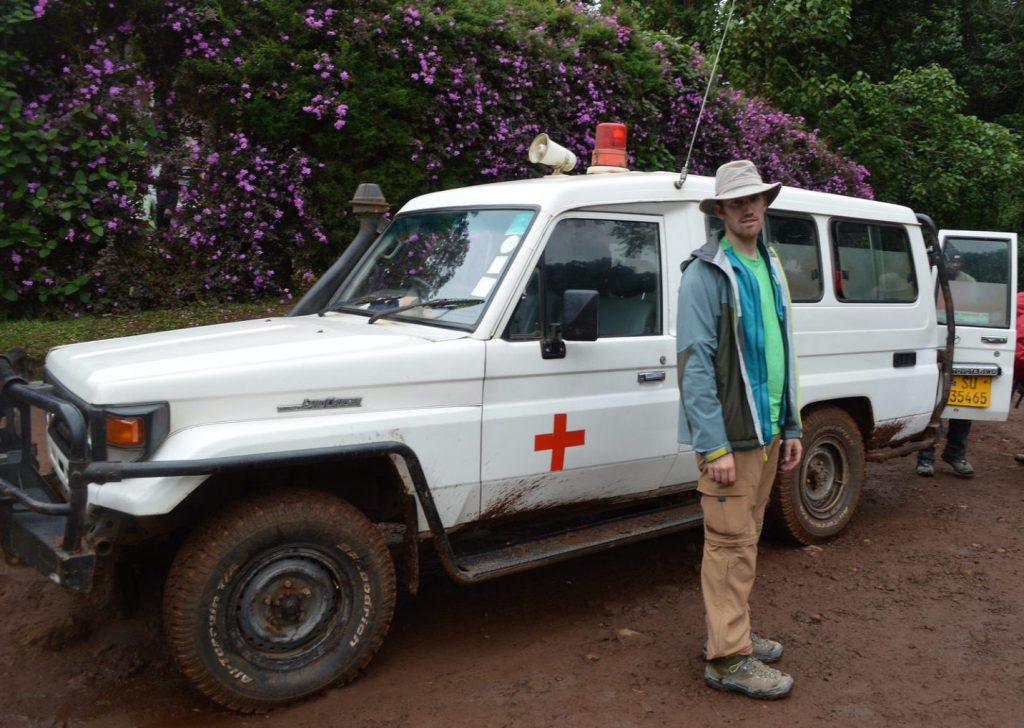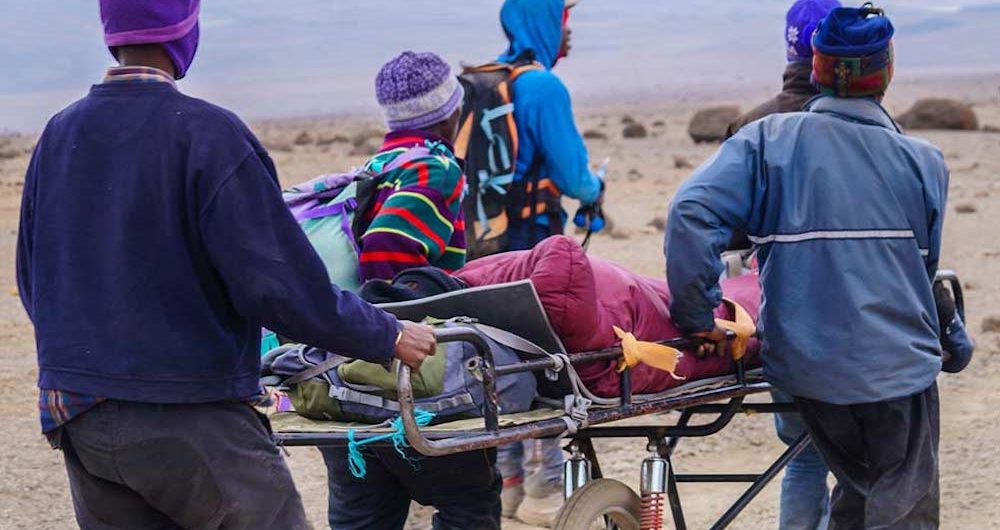Mount Kilimanjaro is a safe place to take a hike, although there have been some deaths almost every year. There are several causes of these deaths, and in this article, we are going to look at what could cause death on Mount Kilimanjaro and how to avoid them.
Mount Kilimanjaro experiences two seasons, the dry and wet seasons, and has unique zones as you go higher, including the rainforest zone, the low alpine zone, the high alpine zone, and the glacial zone. The weather keeps changing with a zone change, so it is better if you are ready for the drastic changes.
What causes Kilimanjaro deaths?
The main cause of death on Mount Kilimanjaro is altitude sickness, although there are other illnesses like heart attacks. We always advise our clients to ask their doctors, especially if they have underlying health issues, before attempting to get to the summit to avoid deaths. Altitude sickness, on the other hand, is when the body fails to adjust to the ever-reducing levels of oxygen as you go higher. Some medications can be used to reduce the symptoms, but in case they become severe, the guides have the right to evacuate you before the situation worsens.
How many people have died while climbing Mount Kilimanjaro?
Almost every mountain in the world has deaths, and the documented deaths along Mount Kilimanjaro are approximately 3 to 10 from over 300,000 people who attempt to climb to the summit. Unlike other mountains, especially Mount Everest, where it is hard to evacuate people, it is very easy to evacuate hikers by helicopter on Mount Kilimanjaro, reducing deaths, and that is also why you won’t find any dead bodies along the mountain.
It is not easy to tell the exact number since some deaths are not documented, especially for the locals, but just continue keeping safe, and you will enjoy one of the best views when you get to the Uhuru peak.
How to stay safe while climbing Mount Kilimanjaro?
 Occupation hazards happen everywhere in the world, and the same applies to Mount Kilimanjaro. Some of how you can avoid tragic moments like death include the following:
Occupation hazards happen everywhere in the world, and the same applies to Mount Kilimanjaro. Some of how you can avoid tragic moments like death include the following:
Drink lots of water to keep hydrated while on the mountain. Forget about going to the toilet all the time because keeping hydrated is key to staying alive since you keep changing zones with the altitude, and it also helps in preventing altitude sickness.
Your hike guides and the whole mountain crew are always on alert to make sure that you are safe, so in case you start feeling sick, we advise that you inform them immediately for a solution.
The higher you go, the cooler it becomes, and that is why you need to pack warm clothes to avoid hypothermia. The warm clothes also extend to the mountain crew, including porters and guides, so make sure that you use a reputable company that cares about the needs of their staff.
Take each step one at a time, and just like the guides usually tell hikers, “pole-pole,” meaning slowly, slowly. When you walk slowly, you give your body a better chance to acclimatize to the low levels of oxygen and the high altitude.
Is climbing Mount Kilimanjaro safe? Read more on his link to know how safe it is to climb mount Kilimanjaro.
In conclusion, even though there are deaths on the mountain, they do not happen every day, and the only way you can avoid this is by staying safe. Do not let a few statistics deter you from getting to the highest point on the African continent as long as you keep safe and follow all the rules given by the guides.


Comments